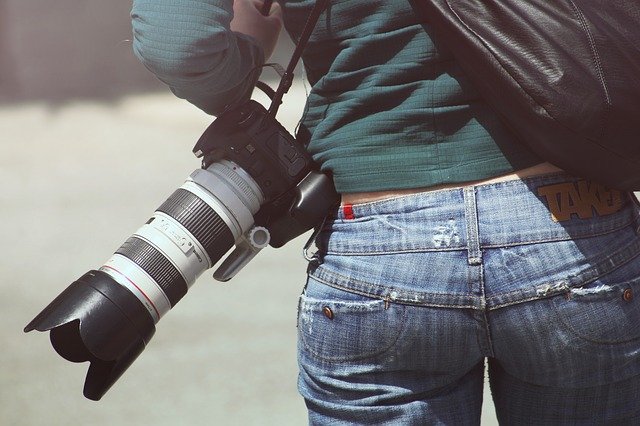Matthew Mills Photographer In NYC Gives A Masterclass on The Importance Of Light In Fashion Photography
Image by SplitShire from Pixabay
As a fashion photographer in the Big Apple, Matthew Mills knows a thing or two about his craft. However, one element that he is particularly passionate about is the use of light.
“I believe firmly in the power of both natural and artificial light when it comes to transforming spaces into places that aren’t fully recognizable.” He explains. “By harnessing its power, it’s possible to create a polished and stylized aesthetic or a dark, moody atmosphere – whatever the shoot demands.”
It’s clear that lighting is a vital component when it comes to creating successful images. It determines not just darkness and brightness but also mood, atmosphere and tone. Therefore, it’s essential to manipulate and control light properly so you can achieve the best vibrancy of color, luminosity and texture of each subject. By distributing highlights and shadow precisely and accurately, it’s possible to create photographs that are beautiful, stylish and flawless.
A Guide To Positioning The Light
One lesson that Matthew has learned to his advantage is how to position light effectively to create the right impact on the subject. The source that the light comes from has a major effect on the way it falls on each subject. When the light originates from the rear of the camera and points directly onto the subject the lighting appears very flat, causing shadows to fall into the image’s background.
On the other hand, side lighting results in a light effect that is a lot more interesting, showing the subject’s shape more effectively, casting it partially in shadow for a more dramatic aesthetic. Lighting that comes from the rear of the subject also gives a different effect with the majority of light hitting the subject’s side making it appear brighter for a more dramatic and distinctive photograph.
A Guide to Shaping The Light
“Add a diffuser onto the light source and harsh shadows and glare will be reduced,” Matthew explains. “It also ensures blemishes are diminished on the subject”. This is a technique he often uses in fashion shoots since it gives artificial light a more natural and softer-looking result. Light can be diffused in various ways, including by using umbrellas, soft boxes or heatproof, sheer material. All work wonderfully to create an appealing visual effect.
A Guide To Manipulating The Light
When carrying out fashion photoshoots, Matthew must manipulate the light in various ways so that it can fall on a specific area of the subject. He achieves this through the use of reflectors and diffusers. A collapsible reflector can shape sunlight for outdoor shoots or can bounce light from a flash onto the area that you wish to highlight. It’s also possible to cover spotlights with light shapers. This gives even more control over the direction in which the light falls as well as the breadth of distance that the light can span.
Once the shoot is complete and the lighting set up has achieved the ultimate result, it’s then possible to create even more effects with software. This allows digital images to be improved and enhanced in several different ways. From changing color temperature and balance to improving tones, reducing noise, sharpening, cropping and converting the image to black and white, the software is the key to putting the finishing touches to any photography project.
Lighting – A Vital Tool
It’s clear, then, that lighting makes the difference between achieving a spectacular photograph or a poor-quality one. If you can master the use of light to your best advantage you can truly make your work stand out from the crowd. This is something that Matthew believes in firmly, and his experimentation with lighting setups has led him to hone his skills and to master the art of using both natural and artificial light to achieve the effects that he desires every time.

